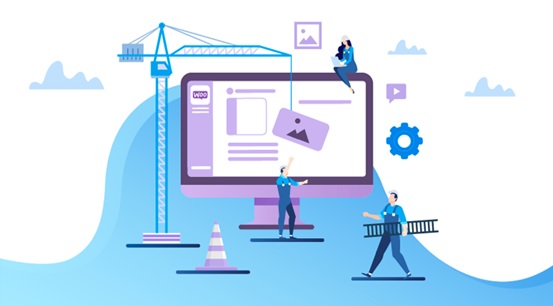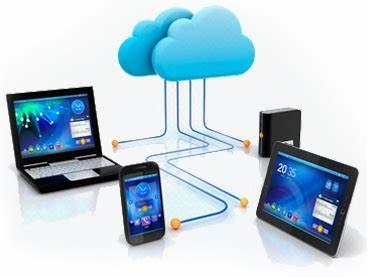Democratization of Technology
Democratizing technology is the process by which tools and expertise, both business and technical, are made accessible to every individual. The hardest problems that were once solved using supercomputers owned by major corporations now being solved on personal handheld devices is an example of how far technology has come. The ease of access to technology and the internet has empowered citizens to traverse paths that were once unknown to them.[1]

Figure 1. The Democratization of Technology
Figure 1 shows Technology democratization is as important for utilities as it is for any other industry, enabling many of the strategies that will deliver future success. It’s the fuel igniting enterprise-wide innovation and a vital capability for your workforce and partner ecosystem. It will empower this collective talent to innovate together on the new business models that will deliver the energy transition.
While IT democratization places powerful technology in the hands of everyone, it is far more than simply giving people access to new tools. Harnessing the innovative power of machines allows anyone in the organization to create new technology solutions. It gives people autonomy and puts them at the core of digital transformation.
The Advantages of Democratizing Technology
The benefits of effective technology democratization include:
- Increased employee productivity. The more access employees have to digital tools, and the more skilled they are at using those tools, the more productive they will be.
- Greater innovation. New tools, such as the no-code platforms mentioned earlier, enable employees to innovate in ways that weren’t possible before the introduction of these tools. Certain platforms, such as digital adoption platforms, enable employees to automate workflows or even create “automation bots” that interact with employees.
- Enhanced agility. Technology drives efficiency and performance wherever it is applied. The more democratized technology is within an organization, the more quickly the organization can adopt new tools, move, and transform.
- Improved resilience. Today, digital disruption is the norm. Organizations that cannot adopt new technology and democratize it quickly risk losing market share to the companies that can. On the other hand, organizations that have structured digital adoption programs in place can integrate new technology more quickly and stay resilient in the face of digital disruption.
- Improved organizational performance. Ultimately, an organization that can turn technology into an asset – and increase its productivity, efficiency, innovation, and agility – will perform better in the marketplace.
The democratization of technology implies wider access to specialized knowledge and opportunities, as well as to modern business tools without the need for extensive (and often expensive) training. At the end of 2019, Gartner released a report that described the main technology trends for the next few years. One of them is the democratization of technology, which enables people outside the technology industry to access and use high-tech products and services. As a result, we transition to new ways of communicating, shopping, as well as receiving, processing and transmitting information. We also adopt a different approach to acquiring new knowledge and skills, and to building work processes.
References:
- https://www.zoho.com/creator/democratization-of-technology/
- https://www.digital-adoption.com/democratization-of-technology/
- https://www.accenture.com/us-en/insights/utilities/i-technologist
- https://investforesight.com/democratization-of-technology-a-dream-come-true/
Cite this article:
Thanusri swetha J (2021) Democratization of Technology, AnaTechmaz, pp. 23















